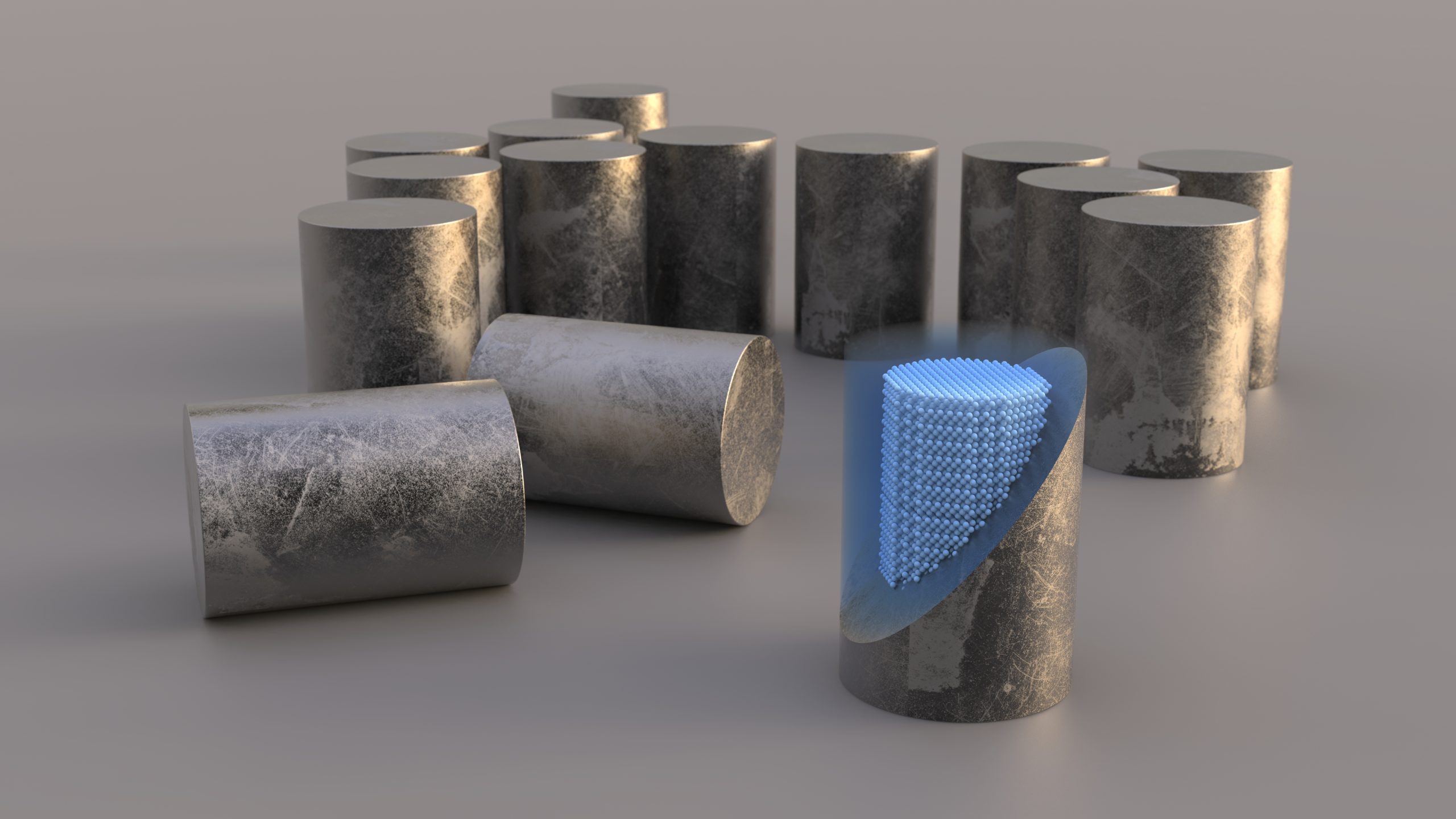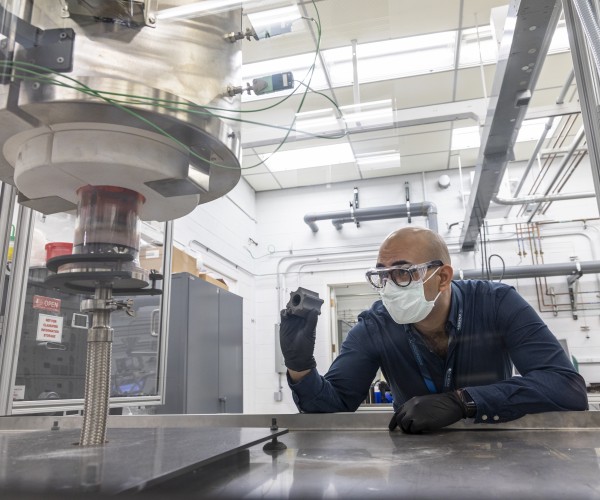
Additive Manufacturing Applications at USNC
Nuclear energy is clean
energy
A form of electricity generation, as an alternative to burning fossil fuels, is receiving increasing attention, and according to ORNL professors Kathy McCarthy and Xin Sun, 3D printing nuclear components is already making an impact in this field.

Advantages of Desktop Metal X-Series Products
USNC has employed two printing systems from the X-Series to improve the ability to transform silicon carbide materials into shapes that can safely enclose nuclear fuel particles, a key element of its all-ceramic microcapsule (FCM) fuel innovation. This approach is used to fuel USNC’s Micro Modular Reactor (MMR) energy system, which is known for its reliability and safety.
Terrani said: “Ultrasafe Nuclear is at the technological forefront of nuclear fuel and reactor design, pioneering new advances in safety and performance. Powering a new generation of microreactors represents a watershed in zero-carbon energy manufacturing in the United States and around the world. .”

The small form factor InnoventX is already installed at the USNC facility in Salt Lake City, Utah, and the company has been working to expand its next-generation nuclear fuel array on the larger X25Pro and X160Pro systems.
Terrani said: “There are many kinds of additive manufacturing methods, but a large part of them rely on high-temperature processes in the deposition process. By melting metal particles, they are connected together, but carbonization with high melting point is not suitable for this method. Binder jetting technology is unique because it really relies on the physical properties of the power, and it basically does not destroy the chemical and phase structure of the material. Therefore, we can choose high purity, high crystallinity carbide raw material powder, Nuclear industrial-grade powders, and then form these really complex geometries that were not possible before.”
Ric Fulop, co-founder and CEO of Desktop Metal, said: “Driving large-scale applications of additive manufacturing requires scalable systems capable of printing high-performance materials for the most innovative applications. We are proud to bring the bonding Agent jetting technology is used in the actual production of USNC and has played a role in solving problems on a global scale with additive manufacturing solutions.”
(responsible editor: admin)


0 Comments for “USNC Invests in Desktop Metals to Develop X-Series Products for Next-Generation Nuclear Fuel Design”